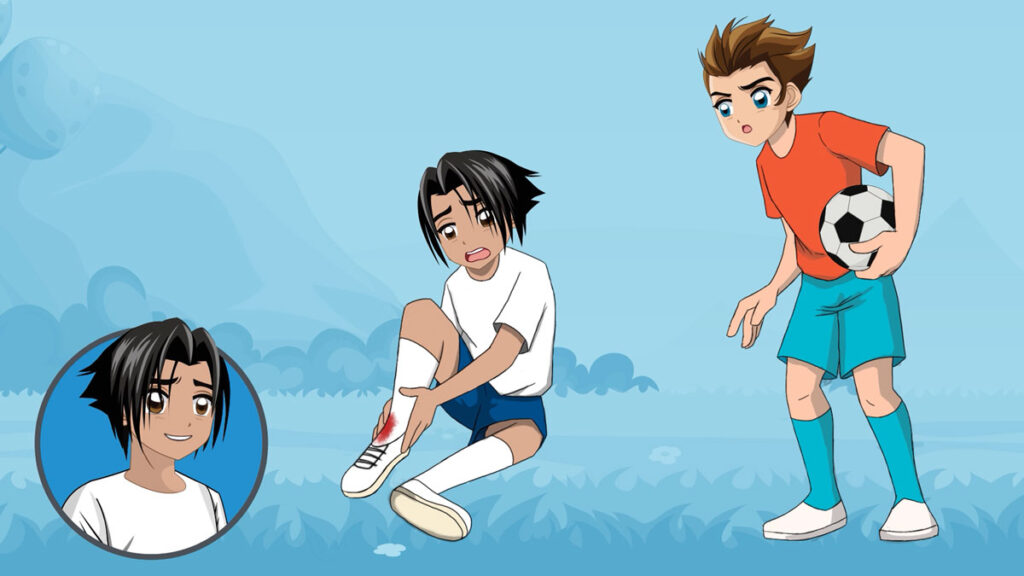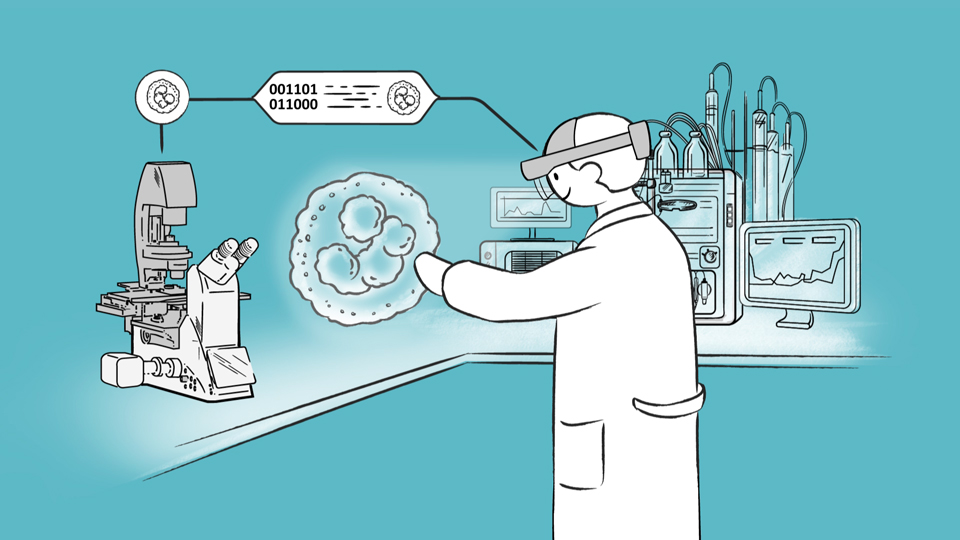There’s no escaping the fact – biotech is a complex world. Pharmacology encompasses myriad, often-complicated topics and processes, and forward-facing pharmaceutical companies need many strings to their bow.
At any given time, the onus may be on pharma companies to provide elements such as: MOA (mechanism of action) demonstrations, novel healthcare research, doctor and nurse practitioner training, patient education, new drug applications and a final deliverable – not to mention ongoing marketing, and general expertise in scientific concepts and the healthcare profession – all at a high-quality and standard and within budget. By anyone’s reckoning, that’s a full plate of work.
But you may be surprised at just how valuable 3D animation, visual storytelling and pharmaceutical animation can be. Each one of the above elements, and many more besides, can be significantly aided by visualisation and production of immersive medical animations.
When you have a complex story or message to communicate, there really is no better option than pharmaceutical animations: according to some studies, video content can be up to 1200% more successful than other types of content, with viewers retaining 95% of the core message (Explain Ninja). It’s for this reason that medical animation is set to boom this decade, with a 19.2% CAGR growth rate projected between now and 2029.
At Sliced Bread Animation design studio, we’re experts at crafting engaging medical animations to conceptualise pharmacology concepts; just take a look at our case studies. In this article, we’ll be exploring the fascinating and exciting world of medical animation videos in more detail. To find out more about how we can help manifest high-quality pharmacology animation for your organisation, get in touch online, or reach out on +44 (0)207 148 0526.
What is pharmaceutical animation?
Visual storytelling in an animated video takes a central concept, story or message, and communicates it through professionally-rendered graphics, either as a 2D or (more likely, these days) a 3D animation.
As Jennifer Yuh Nelson (DreamWorks storyboard artist) puts it: “a lot of the time in animation is spent getting the story right – that’s something you can’t rush.” With the core narrative story established, production can begin in earnest: graphic design, audio elements and studio post-production, for instance.
Pharma animation explainer videos take these mechanics and apply them specifically to pharmacology and medical concepts. For instance, a pharma animation might be used for:
- Multimedia patient education
- Doctor or nurse practitioner training
- Explaining medical science
- Drug MOA animation
- Evidence of scientific accuracy and/or scientific expertise
- Conceptual examination of the human body
- Fundraising, grant requests or ongoing marketing











